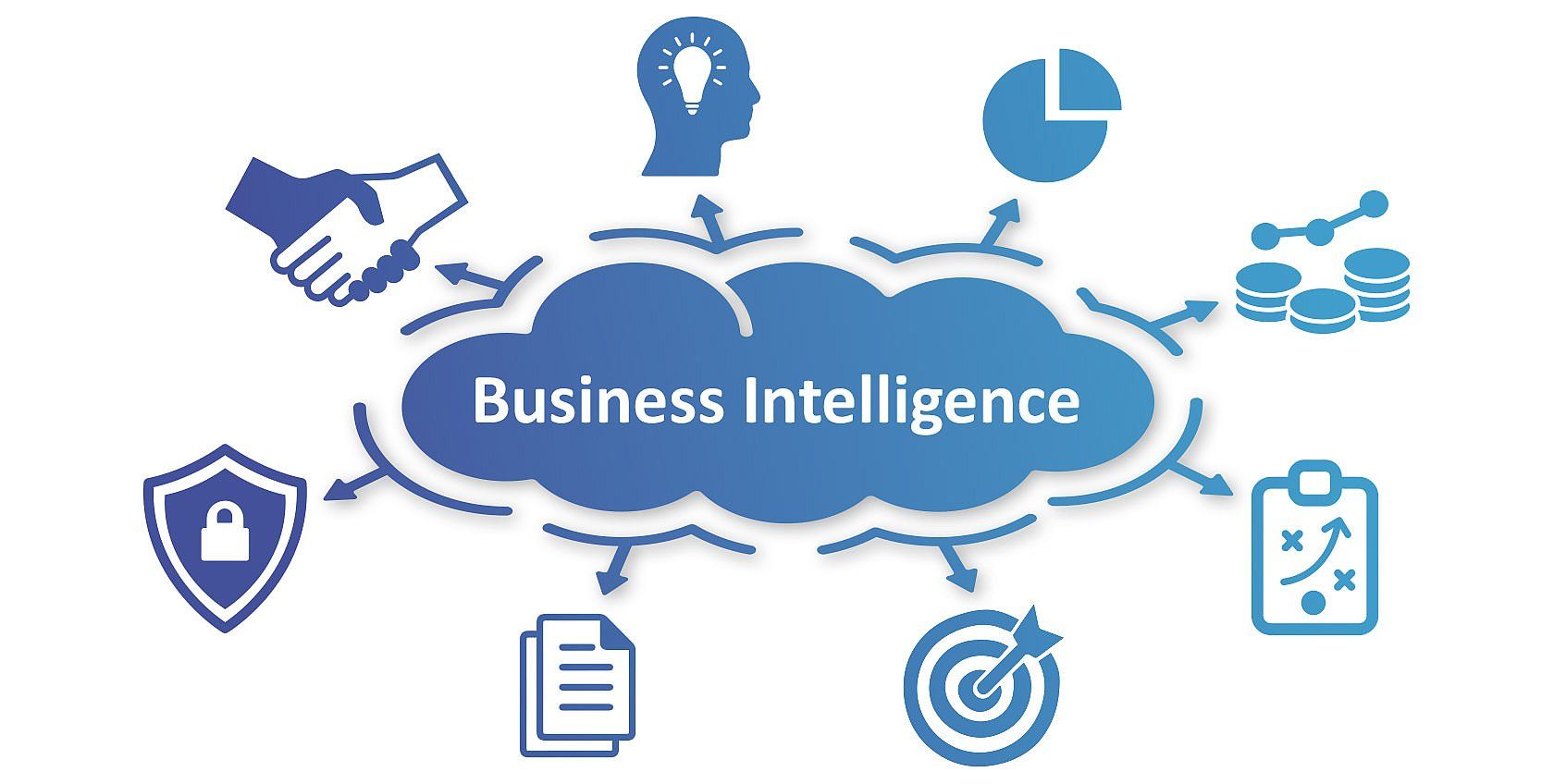In today’s business environment data is a crucial asset that can either make or break an organization. Power BI, Microsoft Fabric and other tools that are powerful are utilized by companies to unleash the full potential of their data. These platforms are the foundation of business analytics and when they are coupled with Azure Data Factory become an unstoppable force.

Power BI is Your Business Intelligence Companion
Power BI is a business intelligence tool from Microsoft that allows organizations to visualize their information and share information. Power BI allows users to build interactive dashboards and reports by transforming data into useful insights.
Whether you’re a small startup or a large enterprise, Power BI adapts to your needs. It integrates seamlessly with various sources of data that make it simpler to combine data from different platforms and databases. With its easy drag-and-drop interface even non-technical users can quickly build insightful reports and analyzes.
Power BI supports real-time processing of data, which ensures that you have up-to-date data. It comes with a range of visualisations, which allows users to present data in a digestible and compelling way. Collaboration and sharing reports with colleagues improves decision-making, and encourages a data-driven environment within your company.
Microsoft Fabric The Weaving of Data Excellence
Microsoft Fabric is an orchestration framework that connects data from Microsoft services. It is the fabric that turns your data into an easily accessible and reusable entity. This enables businesses to gain insight quickly.
Microsoft Fabric is the foundation of data integrity and reliability when businesses have to deal with increasing volumes of data. Microsoft Fabric integrates a variety of services, such as Azure Data Lake Storage (Azure SQL Data Warehouse), Power BI, and a host of others. This interconnectedness allows data to flow seamlessly and allows insights to be derived from different sources.
The range of Microsoft Fabric is apparent in its capabilities to transform data. It is a tool to manage data to make it ready for analysis, and to ensure that it adheres to the policies for data governance of your organization. Microsoft Fabric ensures that your data is correct secure, reliable and ready to be analyzed.
Azure Data Factory: the Gateway to Data Transformation
Azure Data Factory is an integral part of the current world of business intelligence. It’s a cloud-based data integration service that lets users to design, schedule, and manage data-driven workflows. Through orchestrating data movement and data transformation, Azure Data Factory paves the way to gain valuable knowledge.
Azure Data Factory’s ease of connecting to different sources of data is one of its primary strengths. In the event that your data is stored on-premises or in the cloud, it can be seamlessly integrated, ensuring you have a holistic picture of the data ecosystem. It allows batch processing, streaming of data in real time, and big analysis of data, making it ideal for many use instances.
Azure Data Factory has a visual user interface that makes it easier for developing data pipelines. It’s easy to design, schedule, and monitor the workflow of data, even if you’re not a coder. Business users can regulate their data integration process and also allows them to create data by themselves.
The Power Trio: Power BI, Microsoft Fabric, and Azure Data Factory
If Power BI, Microsoft Fabric, and Azure Data Factory come together and form a powerful trio that can transform your data analytics processes. How do they work together?
1. Data Integration: Azure Data Factory connects to an array of data sources, ensuring that all your data is accessible. Microsoft Fabric orchestrates the data from various services by using this data integration feature. This ensures that your data is properly organized, cleaned and ready for analysis using Power BI.
2. Data Transformation: Microsoft Fabric is a essential component of data transformation. It lets you transform your data to meet your requirements. Fabric is an effective tool to transform data cleaning, data cleansing and data processing.
3. Power BI will take over once your data has been refined and is ready. It enables you to create visually appealing reports and dashboards and makes complex data simple to understand. These insights are shared with the team members to help them make data-driven choices.
4. Scalability: Azure Data Factory scales effortlessly to handle growing amounts of data. Additionally, the power of Power BI and Microsoft Fabric guarantees that your data is stable and reliable as your business expands.
5. Power BI & Azure Data Factory can provide real-time information that is critical for agile decision-making.
We also have a conclusion.
The world of business intelligence is rapidly changing and businesses must tap into the power of data to stay ahead. Power BI combined with Microsoft Fabric and Azure Data Factory can take your business analytics to the next level. This trio will help you create stunning visualizations, ensure data consistency or streamline your data workflows. Discover the power of data by utilizing business intelligence.


